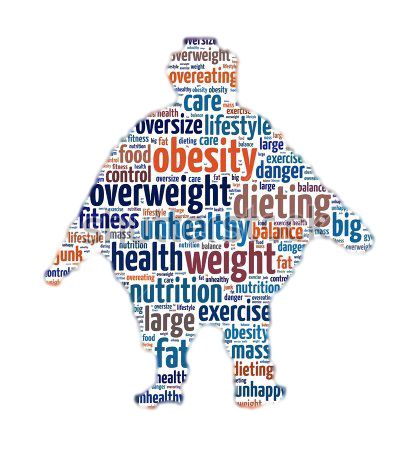Obesity rate in America

The Most Obese States in America: A Growing Health Concern.
Obesity remains a major public health challenge in the United States, contributing to a range of chronic conditions including diabetes, heart disease, and certain cancers. While the issue affects the entire country, some states report significantly higher obesity rates than others.
According to the latest data from the Centers for Disease Control and Prevention (CDC), the states with the highest obesity rates are predominantly in the South and Midwest. Mississippi, West Virginia, and Alabama consistently top the list, with adult obesity rates exceeding 40%. Other states with high obesity prevalence include Louisiana, Arkansas, and Kentucky.
America's Obesity Crisis: The States Most Affected
Obesity continues to be a significant public health issue in the United States, with certain states experiencing particularly high rates. According to the Centers for Disease Control and Prevention (CDC), the prevalence of adult obesity has been increasing over the years, posing serious health and economic challenges.
Top 10 States with Highest Obesity Rates
As of the latest data, the following states have the highest adult obesity rates:
West Virginia – 41.7%
Arkansas – 40.5%
Mississippi – 40.4%
Louisiana – 39.9%
Alabama – 39.4%
Oklahoma – 39.0%
Iowa – 37.9%
Indiana – 37.8%
Tennessee – 37.8%
Nebraska – 36.5%

These figures are based on data collected through the Behavioral Risk Factor Surveillance System, a collaboration between the CDC and state health departments.
Obesity Percentage in America
According to the Centers for Disease Control and Prevention (CDC), the prevalence of obesity among adults in the United States was 40.3% in 2022-2024. This means that approximately 40% of American adults are considered obese.
Several factors contribute to these regional disparities, including socioeconomic conditions, access to healthy food, physical activity levels, and healthcare availability. Rural communities often face limited access to recreational facilities and fresh produce, increasing reliance on processed, high-calorie foods.
Efforts to combat obesity vary by state but often involve public health campaigns, school nutrition programs, and initiatives promoting physical activity. Addressing obesity requires a coordinated approach that includes policy changes, community engagement, and individual lifestyle support.
As the nation continues to confront rising healthcare costs and chronic disease, tackling obesity—especially in the most affected states—remains a critical priority for improving overall public health.
Obesity Percentage in the United Sates
Regional Trends and Contributing Factors
The Midwest and the South regions of the U.S. exhibit the highest average adult obesity rates, at 36% and 34.7% respectively . Several factors contribute to these regional disparities, including socioeconomic status, access to healthcare, availability of nutritious foods, and opportunities for physical activity.
Health and Economic Implications
Obesity is linked to numerous health complications, such as heart disease, diabetes, and certain cancers. The CDC estimates that obesity-related healthcare costs amount to approximately $173 billion annually in the United States .
Addressing the Issue
Efforts to combat obesity require a multifaceted approach, including:
Public Health Initiatives: Implementing community-based programs that promote healthy eating and physical activity.
Policy Changes: Enacting policies that increase access to nutritious foods and create environments conducive to physical activity.
Healthcare Interventions: Providing medical support for weight management, including counseling and, when appropriate, medication or surgery.
By understanding the states most affected and the underlying causes, targeted strategies can be developed to address and reduce obesity rates across the nation.
Top Obesity Tracking Devices for Home Use in the USA
Obesity continues to be a growing health concern in the United States, with over 40% of adults classified as obese according to the CDC. For individuals looking to manage their weight and improve overall health, tracking progress is essential. Fortunately, today’s technology makes it easier than ever to monitor key health metrics from the comfort of your home. In this article, we explore the best obesity tracking devices for home use in the USA, designed to support your weight loss or health management journey.
Why Use an Obesity Tracking Device?
Obesity tracking devices do more than just display weight. Many modern tools track:
Body fat percentage
Body Mass Index (BMI)
Muscle mass
Water retention
Heart rate and activity levels
By consistently monitoring these metrics, users can gain insights into how their body is changing, which strategies are working, and where improvements are needed.

